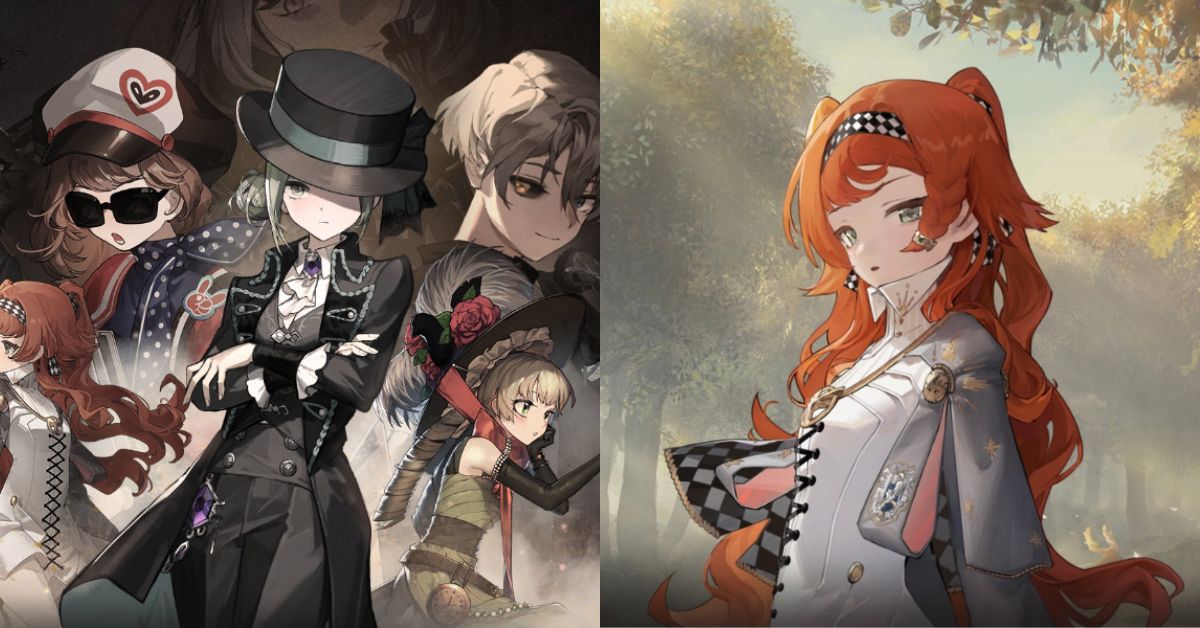Going into Reverse 1999, I confess I was a bit of a hater. I mean, I kept getting blasted with their ads on social media, and as interesting as the premise seemed, any ad would start to get annoying after the fourth or fifth time you’re forced to watch it.
Still, the ads did their job of piquing my interest, so I found myself pre-downloading the game and waiting patiently for the server to open on October 26 at 8PM (MYT).
For those who don’t know, Reverse 1999 is a turn-based strategy roleplay game (RPG) first launched in China earlier this year. The game is centred around the concept of time, and more specifically, travelling back in time.
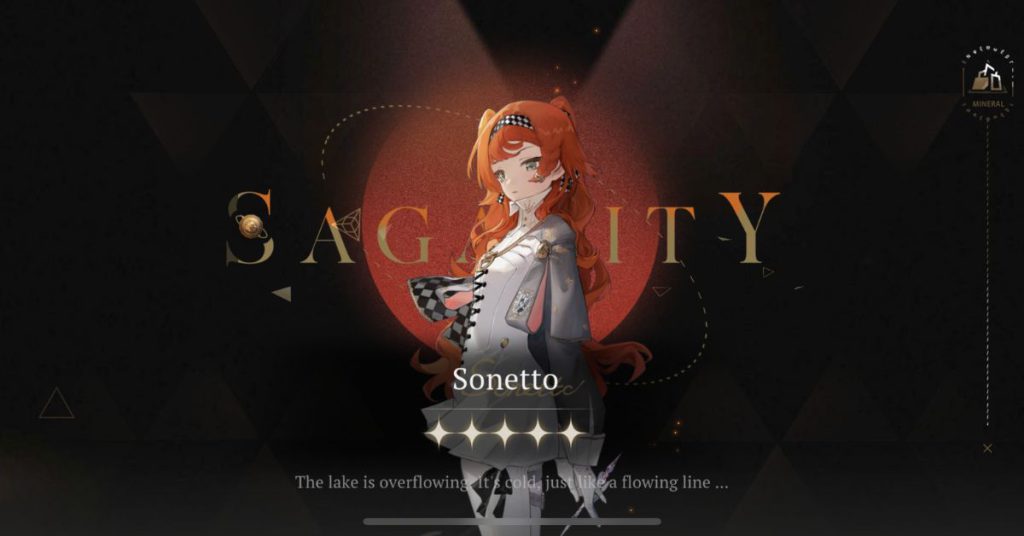
As the name suggests, something happened in 1999, dubbed the “Storm”. This incident somehow messed with the time-space continuum and since then, the world has been travelling back in time from era to era.
The game seems to have gotten some rave reviews on Reddit, but I couldn’t help but wonder if those reviews were overhyped.
So, if you’re wondering the same thing, here’s my candid review of the game. Keep in mind that there will be some plot spoilers for the first chapter.
The mysterious, cold open
Straight away, the game opens to a girl with a British accent (Cockney perhaps?) talking crazy about music and records while trying to pirate a ship. However, her plans are foiled when some enemy group called the Manus Vindictae begins attacking the ship.
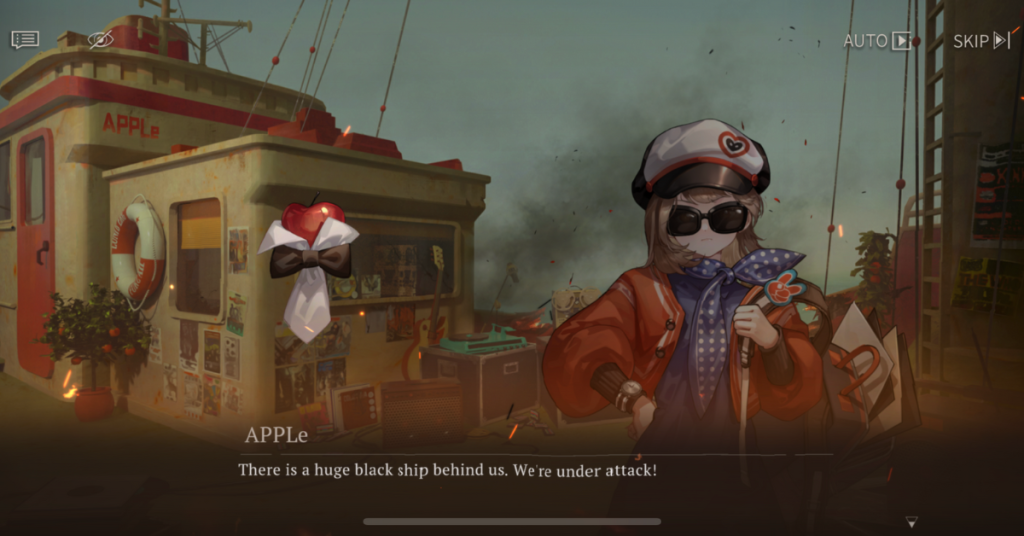
If this sounds random to you, you’re not alone. The cold open of the game made me wonder if I accidentally missed some content, but I actually like that. The confusion kept me on my toes, wanting to learn more about exactly what was happening.
And I will say, it’s refreshing to play as not some random amnesiac or someone who knows nothing about the world that they’re living in. Those plot devices a little too overdone, don’t you think?
The plot unravels a bit more before you get to “name” your character. I put that in quotes because you’re not playing as some kind of nameless traveller, wanderer, or whatever, but an actual fleshed out character that goes by the name of “Vertin”, which I assume is our last name.
(I wanted to name my character Claudia, but apparently there’s an in-game character with the same name, so I surrendered.)
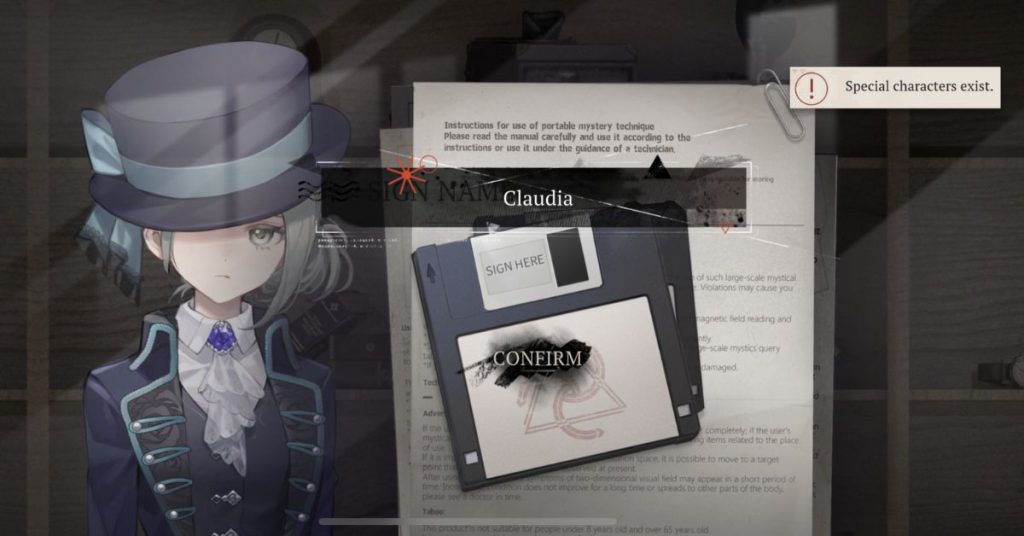
Vertin (the player) is addressed with the vague title of “Timekeeper”. Vagueness seems to be a key component of the introduction, with terms such as “arcanist” and “the Storm” and “the foundation” being thrown about.
I like that the game trusts players enough to allow us to piece the plot together in this manner. Because of that, I find the world building and lore to be very well-done, as in, there were no cringy monologues and lingo-dense texts trying to explain the world the game is set in.
Instead, the plot is cleverly unfolded to the player through Regulus, the trouble-making, music-loving pirate the game opened with.
As an arcanist who just learnt about the conundrum with the “Storm”, Vertin and another character, Sonetto, get to explain the basics of the world to Regulus, simultaneously briefing us (the players) on all major concepts of the universe, too.
Basically, we as the Timekeeper, keep track of the “Storm”. This “Storm” is what transports everyone to another era, and it can’t be witnessed by those who aren’t arcanists.
The Timekeeper gets to witness the “Storm” as it occurs, while other arcanists must return to a safe space in the “Foundation”. So far, no one has been able to brave this storm alongside the Timekeeper, except for Regulus, whom we’ve just met.
I’ll stop there with the plot, but it’s been off to quite the interesting start thus far. There are many more mysteries to explore still, such as what the Manus Vindictae group is, who the people behind the “Foundation” are, and why the “Storm” happened in the first place.
The art, animation, and characters
With an anime-esque design to the characters, the art style of the game overall is a little moody in a good way, with great use of colours and lighting.
The backgrounds are all lovely too. The vaporwave-ish art it introduces during the “Storm” is a refreshing change, too. Maybe it’s an allusion to the late 90s glitch art, a clue about why things happened the way it did in 1999?
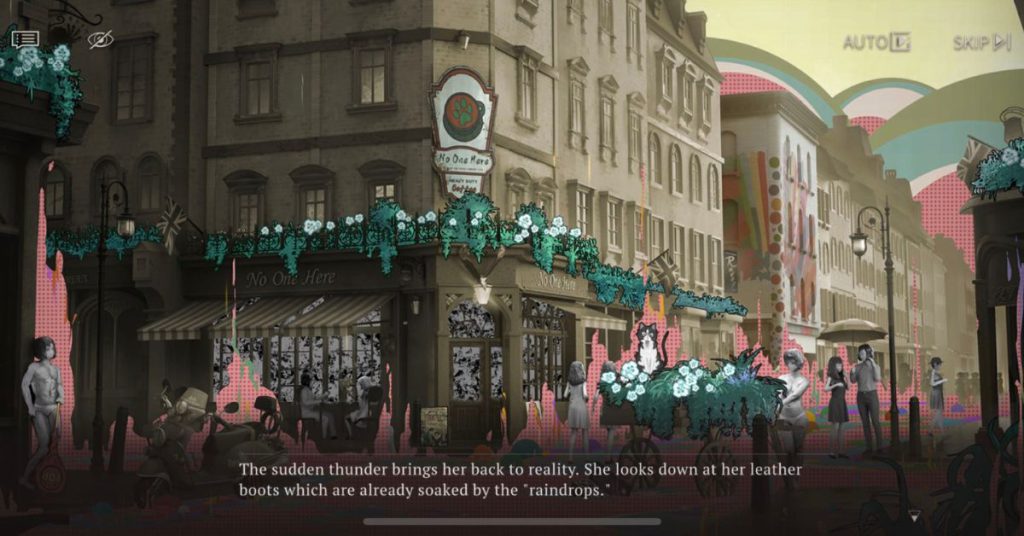
Instead of static art, the game uses Live2D models of the characters in dialogue scenes, which adds immersion while also looking way cooler. The movements are smooth, and the gestures add extra personality and characterisation.
As for the character designs, I do think they’re charming, but I’m a little put off by how everyone looks to be… a young girl?
On the character development front, though, the game appears to have put a decent bit of effort into fleshing them out, especially if you go and explore their profiles.
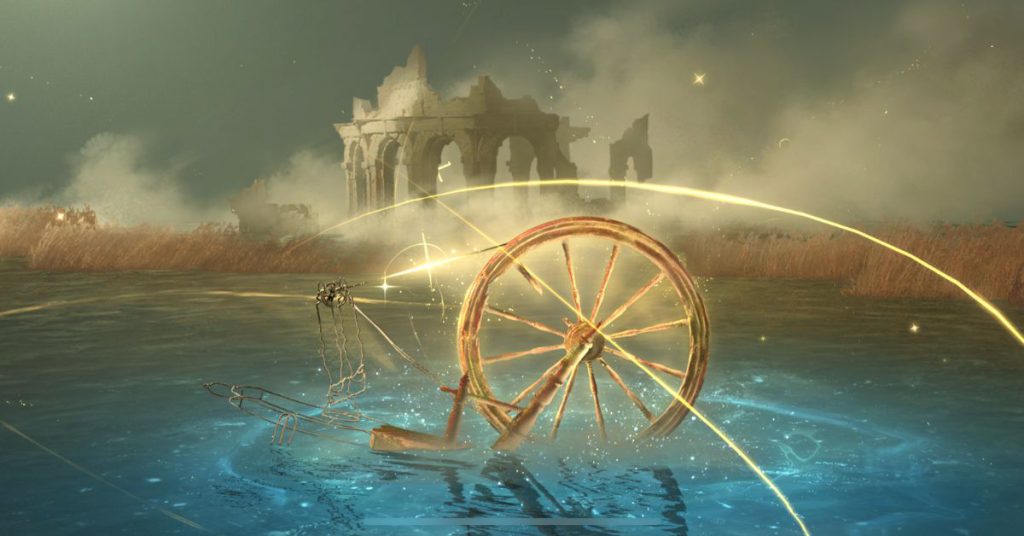
There’s some lore behind the gacha mechanics, tied into the plot of the game itself. I’m someone who doesn’t concern themselves too much about summoning characters, so this doesn’t affect how I feel about the game overall.
That said, some seem to be disappointed by the rates, while others have defended it.
So far, the game hasn’t been that generous with its rewards and gifts, and you won’t be able to pull much right off the bat. I’ve only gotten enough so far to do around 15 summons. Gifts from the game have mostly been Dust and Sharpodonty for me, which is used to level-up characters.
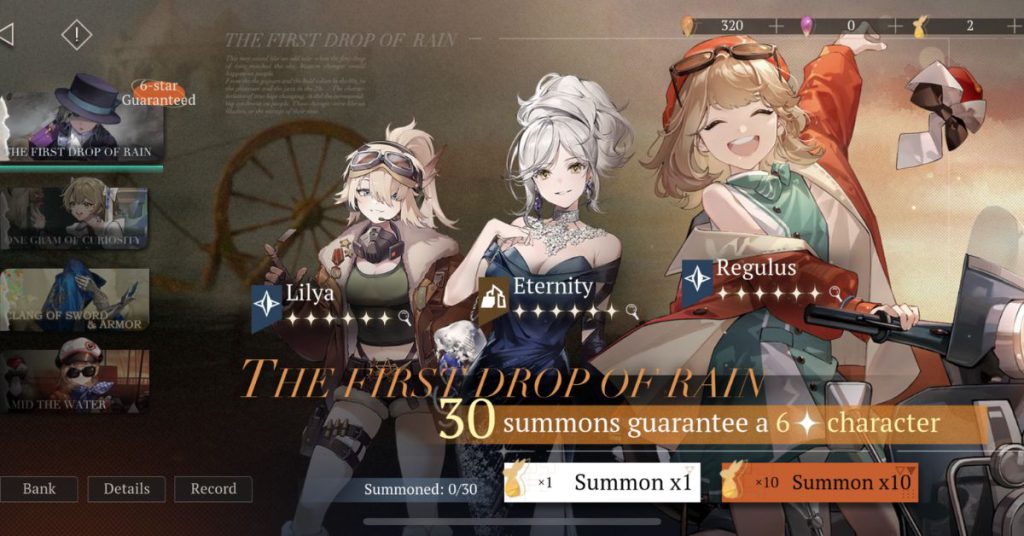
The dialogue and voice-acting
In comparison to the plot, I find the dialogue to be just fine, nothing overly witty or memorable. The game lets the player pick dialogue options from time to time, but it’s just for the sake of interactivity. Sometimes the only option is something like “Sure”.
As for the audio design, I do like the foley, though the background music hasn’t been as outstanding. I feel that there’s potential though—when opening one of the event cards (the Roar Juebox), it plays charming swing music characterised by the ’20s.
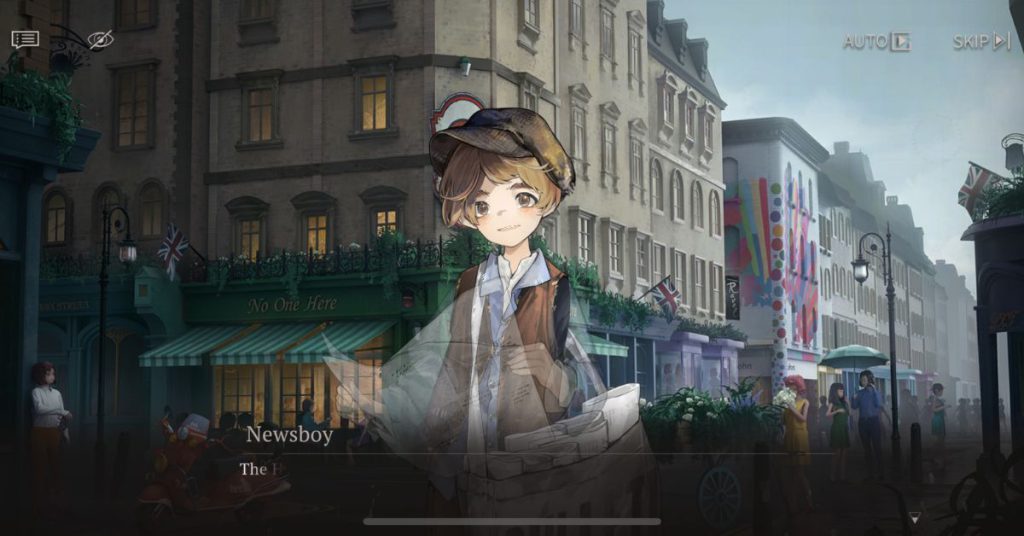
One of the key pulls of this game, it seems, is the British accents, for whatever reason. The game’s backdrop of England has become quite attractive to players. Some reviewers I came across keep calling the accent “authentic”, which I’m not very sure about.
Given, I’m not like an accent expert so I don’t know whether it’s authentic or not. I can’t find who the voice actors are, so I can’t verify whether the game actually hired local VAs to pull off the accents either.
I will say, I was expecting to cringe more at the accents and voice lines, but so far, it’s been decent, if not good.
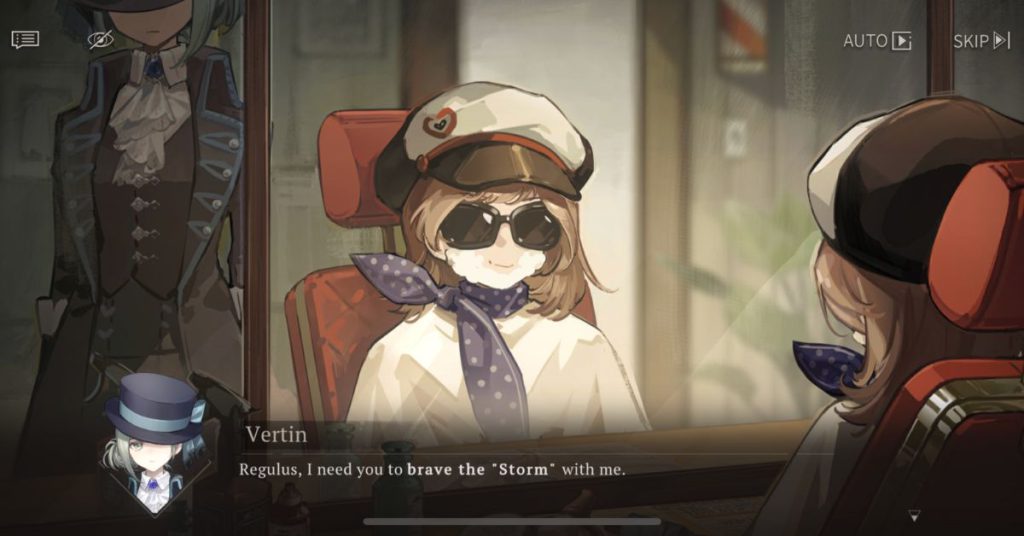
Listening to the voice lines from some other characters that I haven’t unlocked online, there’s quite a range of diverse voices. An-An Lee speaks Cantonese and has a Canto accent when speaking English, Bkornblume is… German?
In any case, I do like that the voice actors don’t just have a general American accent, and the diverse accents make the world a bit more fascinating.
You can listen to some of the voices on the official website, under the cast section, to make your own judgement.
The gameplay
Turned-based strategy isn’t my favourite type of gameplay to begin with, so this part of my review is a bit biased.
That said, there are mechanics here that I like. Instead of just aimlessly spamming an attack button, actions are done through cards. The same action cards stack if you move them next to each other (which costs action points), or you can strategically play so that similar cards naturally end up next to each other.
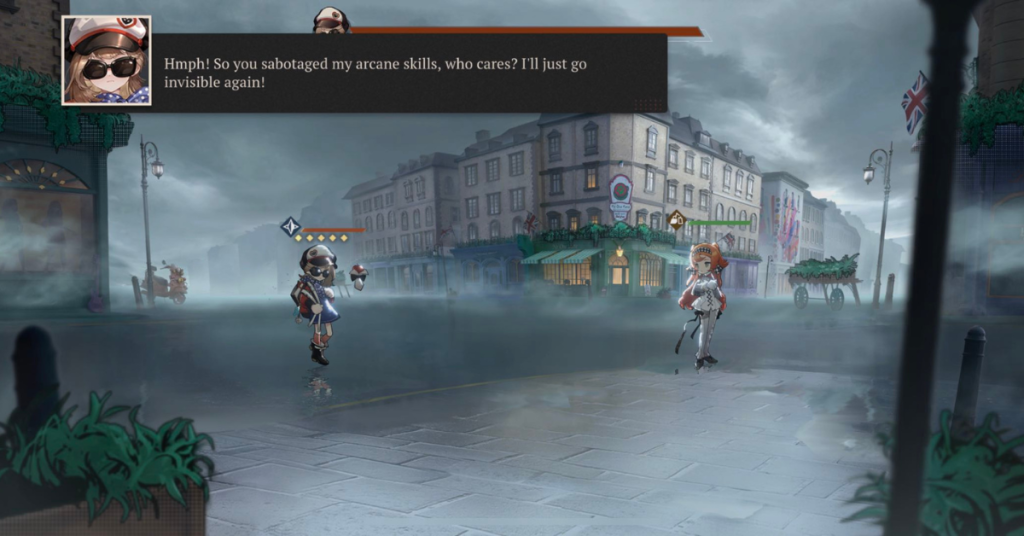
Each arcanist has a special category, or Afflatus, as they call it. There’s Mineral, Plant, Star, and three others that I haven’t learnt the names of. Each category has an affinity against another category, and a weakness to another. It’s like a game of rock, paper, scissors whereby one element dominates over another, and so on and so forth.
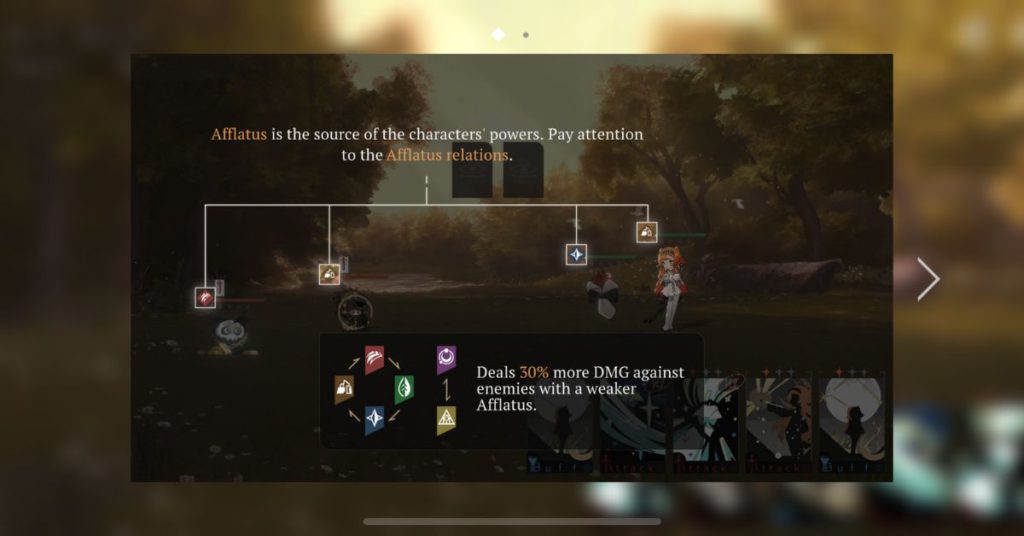
Action types include debuff, buff, and attack. There’s also something called Moxie, which if you build up, lets you pull an ultimate move.
For someone who doesn’t like turn-based strategy, I will say that Reverse 1999’s gameplay has been pretty good so far.
My last comment on gameplay is that this is one of those games where the characters become little Chibi models in the action scenes.
On the bright side, instead of a static 2D fight scene, the camera actually moves in and out to give an extra layer of dimension.
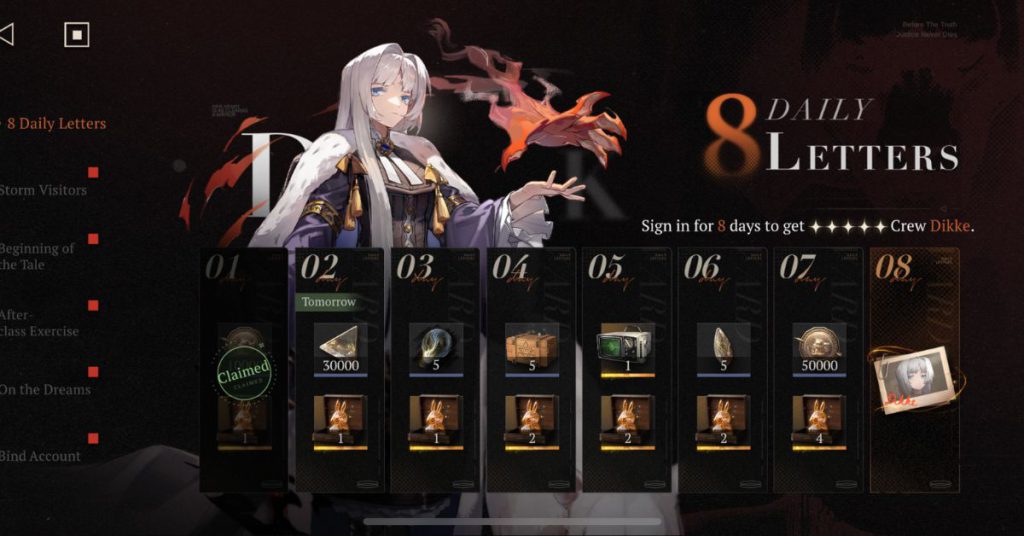
The verdict
Overall, Reverse 1999 has been really charming, and I can’t wait to learn more about the universe. The world building is lovely, the lore is intriguing, and the gameplay is decently fun for what it is.
Some may feel that the translated dialogue (Chinese to English) can be janky at times, but it didn’t ruin my experience. Others had gripes with the lack of autobattle, but I haven’t gotten far enough into the game yet to have an opinion on this.
While the characters so far haven’t managed to charm me entirely, I’m excited to meet more people from the cast. I’ve spoilt myself a little bit scrolling through the cast of characters on Reverse 1999’s fandom page, and saw some designs I find fascinating (here, and here).
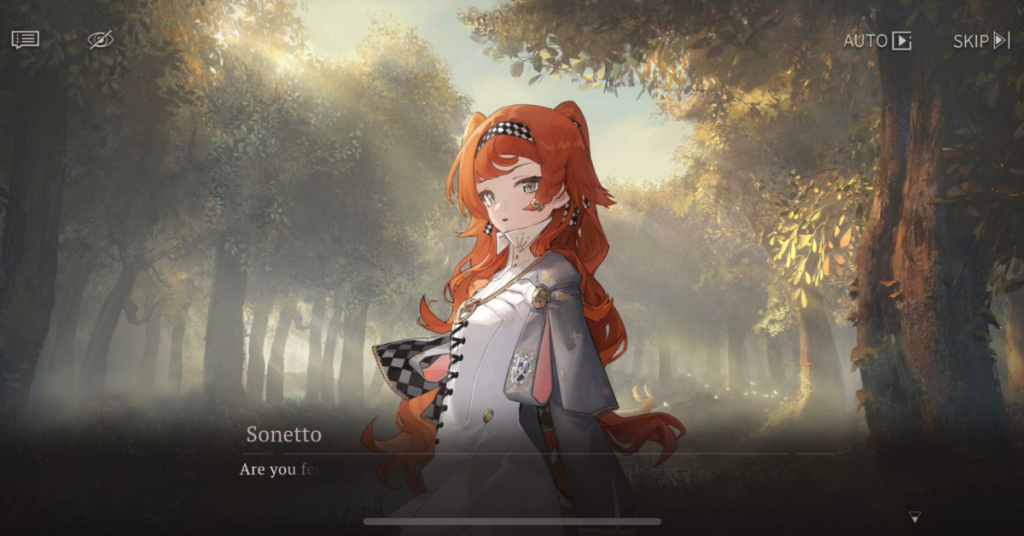
Also, there’s a character called Medicine Pocket, which makes me laugh. In fact, if you read their original Chinese names, you’ll find everyone has very literal names. Sonetto’s is actually the Chinese phrase for sonnet, which translates directly to fourteen-line poem.
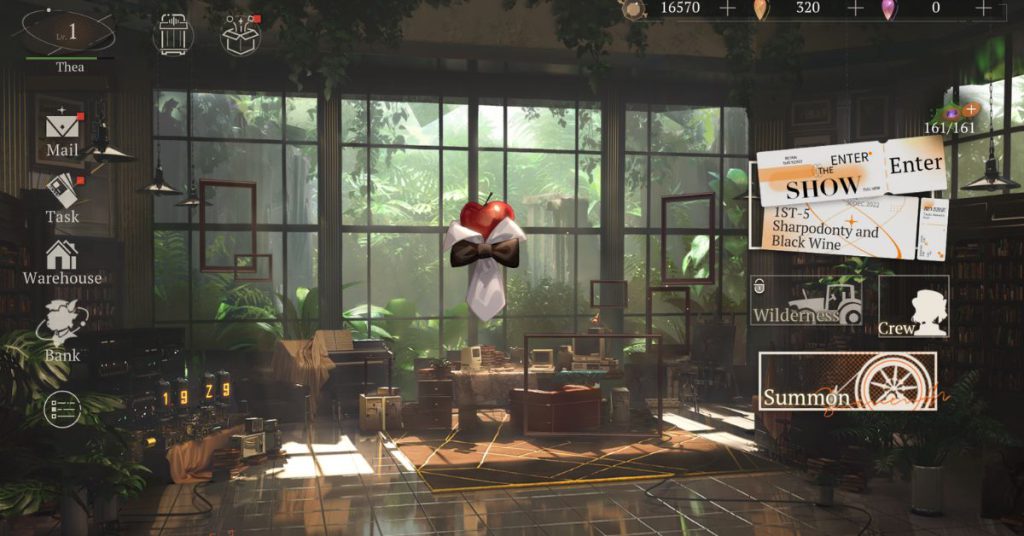
Characters aside, I’m intrigued to explore more of the eras as well as the different areas of the game, while continuing to unravel the mystery behind the “Storm”.
All that said, my mobile gaming habits tend to be more something more mindless, usually as a boredom-killer. For a game like Reverse 1999 where the plot dominates, though, I prefer playing it on the PC.
So, yes, I’ve downloaded the game on my PC and cannot wait to dig into it the rest of this weekend (the data is synced to your account). The question is, will you be partaking?
Featured Image Credit: Reverse 1999

